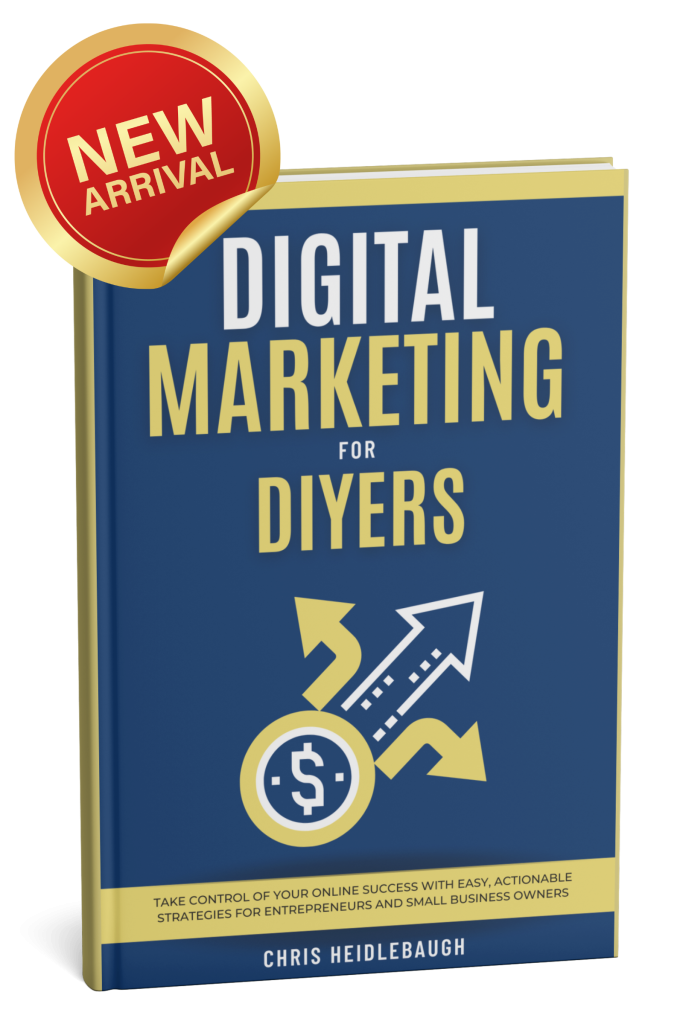Choosing between SEO and paid ads hinges on your business objectives. SEO offers long-term benefits with a higher ROI over time, fostering sustained organic traffic without ongoing costs. In contrast, paid ads deliver immediate visibility and traffic, ideal for time-sensitive promotions, but require continuous investment. Combining both strategies can maximize your marketing impact by providing immediate gains while nurturing long-term growth. Ultimately, the right approach depends on your specific goals, budget, and timeline. By evaluating these aspects, you can create a thorough strategy that aligns with your business vision and market needs. Insights await you beyond this overview.
Understanding SEO and PPC
Understanding the nuances between SEO (Search Engine Optimization) and PPC (Pay-Per-Click) advertising is essential for any digital marketing strategy, as each approach offers distinct advantages and challenges.
SEO enhances a website's visibility in organic search results through methods like keyword research, content creation, and technical SEO, fostering long-term credibility and sustainable traffic.
In contrast, PPC enables immediate visibility and traffic by allowing advertisers to bid on keywords for paid advertising, generating results as soon as campaigns are launched.
While SEO typically promises a higher ROI over time, PPC provides quicker returns, albeit with ongoing costs.
Both strategies can synergistically complement one another, making informed choices critical for effective search engine marketing.
Benefits of SEO
While many businesses are drawn to the immediacy of paid advertising, the long-term benefits of SEO present a compelling case for investing in organic search strategies. SEO is a cost-effective marketing strategy that targets high-intent users, leading to enhanced conversion rates. High-ranking organic results on search engine results pages (SERPs) can attract significant organic traffic, with the first result capturing 27.6% of clicks. Once established, organic traffic incurs no ongoing costs, making it a superior long-term investment compared to PPC. The table below summarizes key benefits of SEO:
| Benefit | Description | Impact on Business |
|---|---|---|
| Cost-effective | Minimum ROI of 500% | Higher profitability |
| Visibility | Increased rankings lead to more clicks | Enhanced brand awareness |
| Targeting High-Intent Users | Attracts users actively searching | Improved conversion rates |
| Long-term Results | Sustained traffic over time | Continuous growth potential |
Advantages of Paid Advertising
In contrast to the long-term benefits of SEO, paid advertising offers businesses the advantage of immediate visibility and rapid traffic generation.
Utilizing Pay-Per-Click (PPC) campaigns, businesses can achieve swift results, attracting potential customers almost instantly. The precision of demographic targeting enables advertisers to reach specific audiences based on interests and behaviors, greatly enhancing campaign effectiveness.
Furthermore, PPC allows for real-time campaign optimization through A/B testing, ensuring ads perform at their best. Budget control is another key feature, permitting businesses to set daily or monthly limits, thereby managing costs while driving traffic.
With an impressive average ROI of 200%, paid advertising proves to be a highly efficient strategy for generating revenue, particularly during time-sensitive promotions or product launches.
Comparing Timeframes for Results
How can businesses effectively navigate the contrasting timeframes for results between SEO and paid advertising?
SEO typically requires patience, with initial visibility for low-competition keywords taking 4-6 weeks, while high-quality content can yield organic traffic growth in 2-3 months.
In contrast, PPC campaigns deliver immediate results, generating instant traffic and visibility as soon as ads are live.
This dichotomy highlights the importance of integrating both strategies into a thorough marketing plan.
By leveraging PPC for short-term gains while nurturing long-term growth through SEO, businesses can optimize their search engine marketing efforts.
Continuous analysis of performance metrics from both channels guarantees that marketing strategies remain effective and ROI is maximized over time, creating a balanced approach to digital visibility and engagement.
Strategic Considerations for Your Business
Balancing the timelines of SEO and PPC necessitates a strategic approach tailored to the unique needs of each business. Clearly defined marketing goals are essential, as SEO enhances organic traffic over time, while PPC delivers immediate visibility for urgent campaigns.
Understanding your budget is imperative; SEO can achieve a minimum ROI of 500%, making it more sustainable long-term, while PPC, with a 200% ROI, demands continual investment per click.
Additionally, evaluating competitive keywords can guide your choice; highly competitive terms may warrant a PPC strategy, whereas less contested keywords favor SEO efforts.
Finally, leveraging performance analytics is essential, ensuring both strategies are continuously optimized to maximize online visibility and enhance customer acquisition effectively.
Integrating SEO and PPC Strategies
A strategic integration of SEO and PPC can considerably enhance the efficiency of your marketing funnel, driving both immediate and long-term results.
By employing a combined approach, businesses can achieve substantial benefits, including:
- Improved Keyword Performance: Utilize PPC data to identify high-traffic keywords, informing SEO strategies for optimized content creation.
- Reduced Customer Acquisition Costs: Consistent messaging across channels lowers CAC while boosting brand awareness.
- Increased Organic Backlinks: Promoting SEO-driven content through PPC ads enhances visibility, attracting more backlinks and strengthening website authority.
- Real-Time Feedback: PPC campaigns offer insights into user behavior, enabling businesses to refine their SEO efforts based on actual search traffic patterns.
This holistic strategy not only streamlines customer acquisition but also fosters sustainable growth.
Importance of Marketing Analytics
Data-driven decision-making is vital in today's competitive digital landscape, where the effectiveness of marketing strategies hinges on precise insights.
Marketing analytics provides essential data on both SEO and PPC campaign performance, enabling businesses to track important metrics such as spend, revenue, and ROI effectively.
Tools like Improvado streamline this process, offering a unified dashboard for real-time monitoring across various marketing channels.
Keyword-level analysis allows for a granular evaluation of specific keywords, informing future strategies and enhancing conversion rates.
Regular scrutiny of campaign performance facilitates optimization, ensuring that SEO and PPC efforts remain competitive and cost-effective.
Final Thoughts
To summarize, selecting between SEO and paid advertising necessitates a thorough evaluation of business objectives and resource allocation. For instance, a hypothetical e-commerce startup might initially invest in paid ads for immediate visibility, while simultaneously developing an SEO strategy to establish long-term organic growth. This dual approach allows for a balanced presence, fostering both short-term returns and sustained brand recognition. Ultimately, a strategic integration of both methods can optimize marketing efforts and enhance overall business performance.










